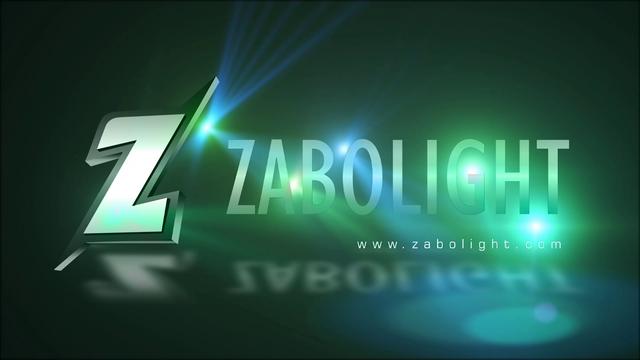In these modern times, every step seems to bring us vis-à-vis with yet another advertisement. Some ads are cool, some are boring and some are lame, but we are subjected to them just the same. I’ve heard the average American will see 3,000 to 6,000 marketing messages just in a day.
Whole industries have come about just to help us avoid getting interrupted. The latest I’ve heard about is The Hopper, from Dish.com.
This DVR can record up to 6 HD channels at once and skip ads altogether. No more fast forwarding. Cool! Now if I only watched TV, maybe I would get one. But my point is this; it’s only a matter of time before consumers fight back when they are constantly interrupted in the middle of something they like. This puts advertisers in a difficult position, apparently. The old method of advertising, the “tried and true” is to interrupt your victim briefly with your ad in the hopes that he or she will bound to the telephone and immediately purchase.
That is, if they aren’t interrupted by another ad while on the way to the phone.
How in love are people with being constantly interrupted? I don’t know of anyone who enjoys interruptions. So how to get around it?
By using the two biggest tools in your marketing arsenal. If these two big guns are sitting on a shelf in your closet, it’s time to get them out and dust them off:
- Google Search
- Email Newsletters and Event Marketing
Google Search
 If you have a person who’s able to access the World Wide Web, you have someone who’s at least somewhat familiar with searching on Google. Pretty much regardless of age. They may not know all the tips and tricks of search, but they know they can write what they are looking for in the little white box, and get a bunch of instant (and free) answers back. There’s only two questions you need to be able to answer “YES!” to after that search happens:
If you have a person who’s able to access the World Wide Web, you have someone who’s at least somewhat familiar with searching on Google. Pretty much regardless of age. They may not know all the tips and tricks of search, but they know they can write what they are looking for in the little white box, and get a bunch of instant (and free) answers back. There’s only two questions you need to be able to answer “YES!” to after that search happens:
- Do you know what search terms your potential customers use when Google searching for a solution to their problem? A solution they would pay you to provide if they could find you?
- Does your web presence show up in the top 10 results for search phrases relevant to your business?
Google search is an important tool because everyone online uses it.
Email Marketing
 This one is even more important if you’ve been around for awhile and have an existing customer base.
This one is even more important if you’ve been around for awhile and have an existing customer base.
Ask yourself: What’s the first online tool you wanted to have that would allow you to communicate almost instantly with other people, instead of waiting for a letter to be mailed across the country (or across the street). Did you think of AOL? “You’ve got mail!” Yep, that’s it. An email account, right? Email has been around a LONG time. So long, in fact, that pretty much everyone has an email address, even if they don’t use the Internet for anything else.
An email address belonging to a potential customer OR a past customer is extremely valuable. It puts your company in the driver’s seat because you can reach out and, without interrupting, tap people on their virtual shoulder to remind them you’re available as a resource. If current and potential customers don’t have a way to sign up for information they are interested in, you are throwing money out the window when you market and attract interest.
Email marketing is an important too, because everyone has an email address. Even if they aren’t on Facebook (God forbid!).
Social media is great, but it has a couple of built in problems. In most cases, the profile accounts are free, so you don’t own your account. It could be deleted at any time. That would be awkward. And the social media landscape is only going to get more cluttered as the “Big Budget” companies crowd in on the small business owners who managed to get social first.
The Solution? Blogs and Email Marketing.
The simple explanation is that blogs show up well in search results (even if you suck at SEO you can still get good results by writing engaging content relevant to your audience).
Email marketing puts you in control and can help you drive business to your sites and offers as long as you have a valid email address and a product or service worth offering.
Stay tuned to this blog to learn more about email marketing and content creation tips, or feel free to comment below with your questions or areas of concern.
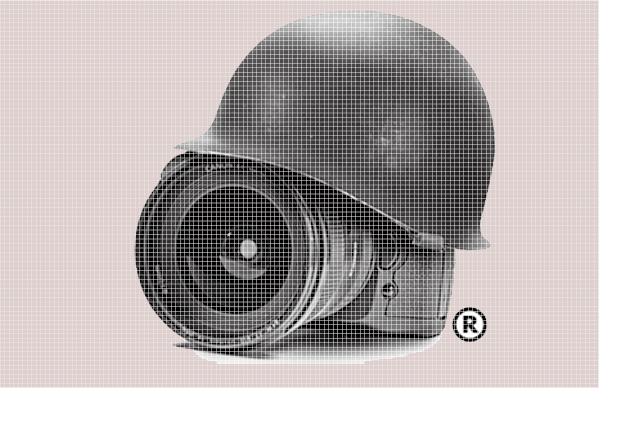


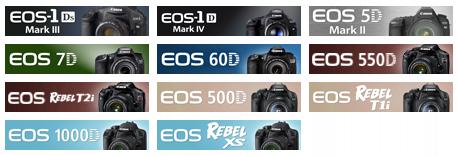
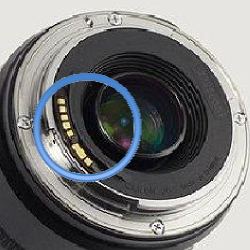
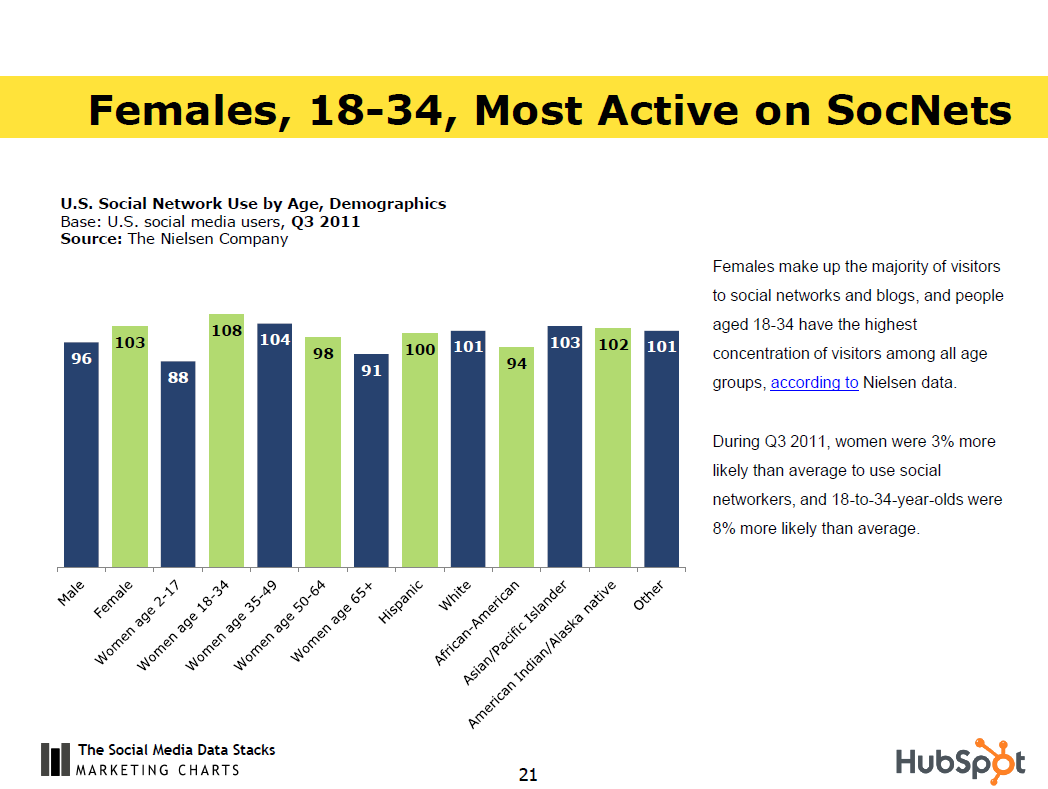
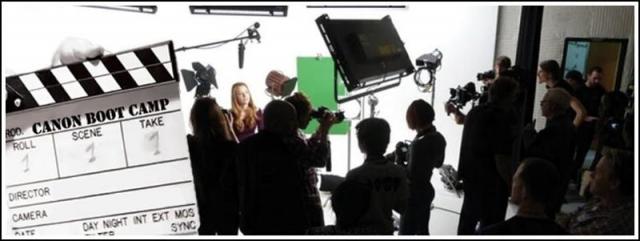

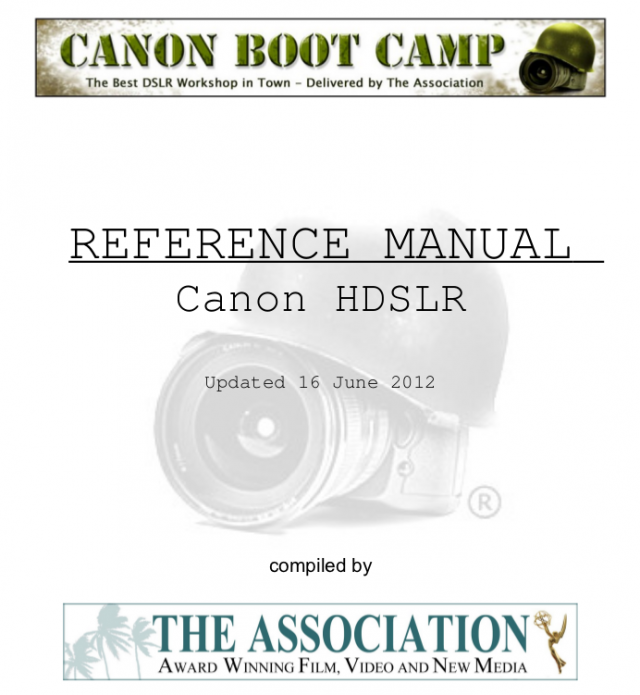
 If you have a person who’s able to access the World Wide Web, you have someone who’s at least somewhat familiar with searching on Google. Pretty much regardless of age. They may not know all the tips and tricks of search, but they know they can write what they are looking for in the little white box, and get a bunch of instant (and free) answers back. There’s only two questions you need to be able to answer “YES!” to after that search happens:
If you have a person who’s able to access the World Wide Web, you have someone who’s at least somewhat familiar with searching on Google. Pretty much regardless of age. They may not know all the tips and tricks of search, but they know they can write what they are looking for in the little white box, and get a bunch of instant (and free) answers back. There’s only two questions you need to be able to answer “YES!” to after that search happens: This one is even more important if you’ve been around for awhile and have an existing customer base.
This one is even more important if you’ve been around for awhile and have an existing customer base.
